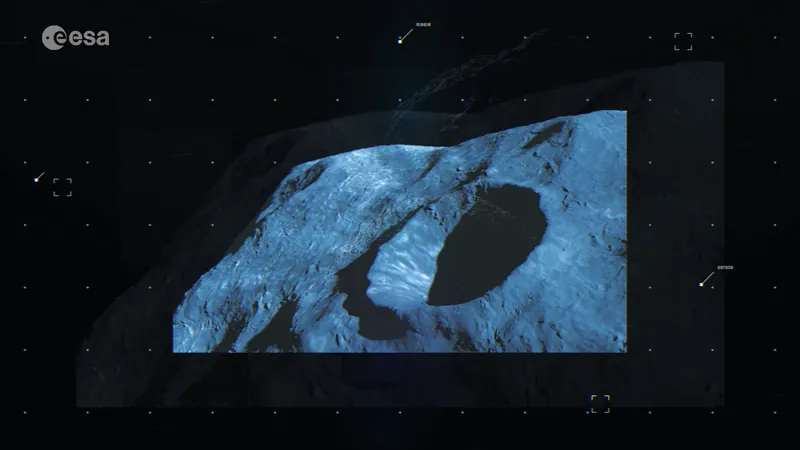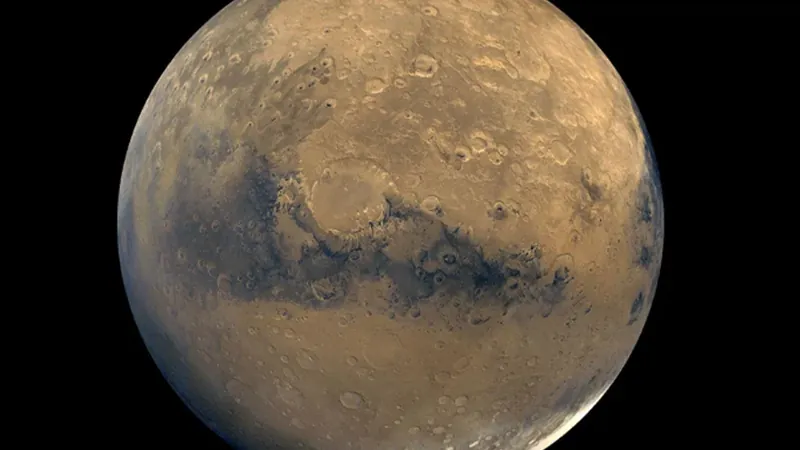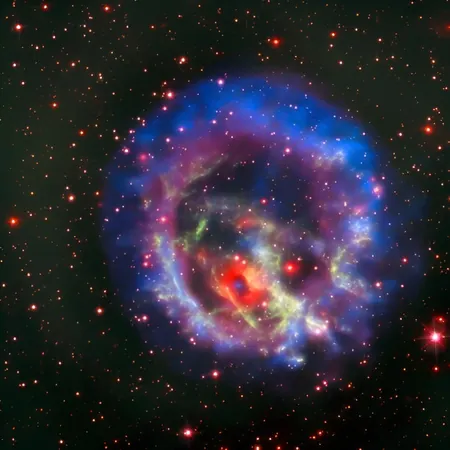
Unraveling the Cosmic Enigma: ESA's Hera Mission Takes Aim at Asteroid Defense
2024-09-23
Introduction
Deep in the cosmos lies an enigma that could hold the key to safeguarding our planet. Enter the European Space Agency's Hera mission, a bold initiative aiming to deepen our understanding of asteroids and enhance Earth's defense against potential cosmic threats.
NASA’s DART Mission
On September 26, 2022, NASA's DART (Double Asteroid Redirection Test) spacecraft collided with the Dimorphos asteroid at a staggering speed of 6.1 kilometers per second. This momentous event marked a pivotal change in our Solar System, successfully altering the orbit of the approximately Great Pyramid-sized Dimorphos around its parent asteroid, Didymos. DART's groundbreaking mission was designed to demonstrate that we could actively deflect an incoming asteroid away from Earth, showcasing a monumental leap toward planetary defense—a feat DART accomplished with flying colors.
Unanswered Questions
However, this thrilling triumph has left scientists with unanswered questions: What is the precise mass and composition of Dimorphos? How did the collision impact its structure? What is the size of the crater created by DART's impact? Have the asteroid's fragments simply come together through their own meager gravitational force, or has it crumbled under the impact?
Objectives of the Hera Mission
These unanswered questions set the stage for the Hera mission's ambitious objectives. ESA's Hera spacecraft is set to revisit Dimorphos, gathering essential close-range data to transform DART’s experimental success into a validated and potentially repeatable strategy for planetary defense.
Exploring Binary Asteroid Systems
This mission will also pioneer the exploration of binary asteroid systems, which constitute about 15% of all known asteroids yet have never been meticulously examined. Hera’s exploration promises to shed light on the intricate dynamics of these dual celestial bodies.
Innovative Experiments
Among the many innovative experiments planned, Hera will showcase ESA's inaugural deep space 'CubeSats,' compact spacecraft designed to travel closer to Dimorphos before making their descent. Furthermore, the mission will test cutting-edge 'self-driving' technology to navigate in space using vision-based navigation systems, representing a significant leap in autonomous space operations.
Significance of Understanding Dimorphos
By the time Hera completes its observations, Dimorphos will be the most thoroughly studied asteroid in our history. Understanding this celestial body is of paramount importance; a strike from an asteroid of this size could spell catastrophic consequences for urban areas on Earth. While ancient dinosaurs had no defense against the threats of space due to the absence of a space agency, the Hera mission equips us with the knowledge and technology needed to mitigate such dangers in our modern era.
Conclusion
As we stand on the brink of this exciting exploration, the Hera mission is not only a breakthrough in asteroid studies but a vital step in ensuring a safer future for humanity against the lurking hazards of our universe. Stay tuned, as we uncover the secrets of Dimorphos!


 Brasil (PT)
Brasil (PT)
 Canada (EN)
Canada (EN)
 Chile (ES)
Chile (ES)
 España (ES)
España (ES)
 France (FR)
France (FR)
 Hong Kong (EN)
Hong Kong (EN)
 Italia (IT)
Italia (IT)
 日本 (JA)
日本 (JA)
 Magyarország (HU)
Magyarország (HU)
 Norge (NO)
Norge (NO)
 Polska (PL)
Polska (PL)
 Schweiz (DE)
Schweiz (DE)
 Singapore (EN)
Singapore (EN)
 Sverige (SV)
Sverige (SV)
 Suomi (FI)
Suomi (FI)
 Türkiye (TR)
Türkiye (TR)